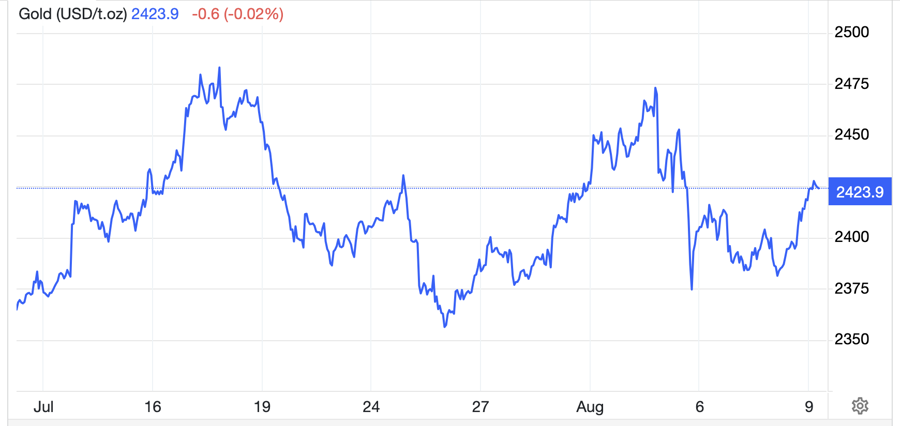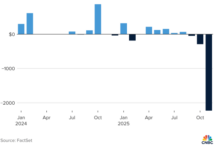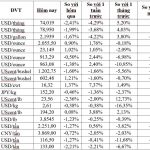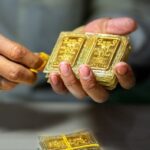Global gold prices surged on Thursday (August 7) despite facing a series of headwinds. This resilience suggests that the recent correction in the precious metals market may have run its course.
At the close of trading, spot gold on the New York market rose by $44 per ounce, or 1.85%, to settle at $2,428.40 per ounce, according to data from the Kitco exchange.
The weekly report from the US Department of Labor showed that the number of people filing for initial jobless claims last week was lower than expected. For the week, 233,000 people filed for initial unemployment benefits, a decrease of 17,000 from the previous week and below the 240,000 that economists had forecast in a Dow Jones poll.
Treasury yields rose after the report was released, indicating that investors were scaling back bets on how aggressively the Federal Reserve would need to act to counter recession risks. The yield on the 10-year Treasury note climbed to 4.0%, erasing the decline since the disappointing July jobs report on Friday, which triggered a sell-off in the previous two sessions.
Additionally, the stronger-than-expected employment data bolstered the US dollar’s recovery from the previous session. The Dollar Index, which measures the greenback against a basket of six major currencies, closed approximately 0.1% higher at 103.20. The USD also strengthened against the Japanese yen, rising by 0.3% to close at 147.13 yen per dollar.
The positive economic data fueled a strong rally in US stocks on Thursday. Typically, safe-haven assets like gold struggle to gain traction in such an environment. Moreover, rising Treasury yields and a stronger dollar added further pressure on gold, as it is a non-interest-bearing asset priced in dollars.
However, gold’s performance during the session indicated that technical factors played a more significant role in driving its price action.
According to Kitco News, Wednesday’s trading already hinted at gold’s upcoming surge, as gold futures showed little movement, with the closing price barely $0.20 lower than the opening price.
This price action forms a candlestick pattern known as a “doji,” which occurs when the opening and closing prices of a commodity or stock are nearly identical. Technical analysts consider this pattern a signal of a potential trend reversal or pause.
Given the sharp sell-off in gold at the start of the week, following the global stock market downturn, the emergence of a “doji” pattern suggests that gold may be entering a recovery phase. This interpretation holds, especially since gold’s rally occurred despite a stronger dollar, rising Treasury yields, and positive US economic data.

Some analysts attribute the rebound in gold prices to a stabilization in the global stock markets, which alleviated the pressure to sell gold to cover losses in stock portfolios, a factor that contributed to gold’s steep decline earlier in the week.
According to Alex Ebkarian, Chief Operating Officer of Allegiance Gold, the outlook for gold remains positive despite heightened volatility. He believes that the Fed’s interest rate decisions will dictate gold’s path, stating, “If the Fed actually cuts rates by half a percentage point at a time, gold will soar.”
FedWatch Tool data from the CME exchange indicates that the market is pricing in a 100% probability of the Fed cutting rates three more times before the end of the year. There is a 55.5% chance that the central bank will opt for a half-point cut in September.
As of 8 a.m. Vietnamese time, the spot gold price in the Asian market fell by $3.20 per ounce compared to the previous session’s close in New York, equivalent to a drop of 0.13%, trading at $2,425.20 per ounce, according to Kitco. Converted at Vietcombank’s selling exchange rate, this price is equivalent to nearly VND 74 million per tael, an increase of VND 1 million per tael compared to yesterday morning.
Weekend Ending Sees Significant Gold SJC Price Drop
After surging to nearly 79 million dong per tael on February 2nd, the price of SJC gold is now plummeting towards the 78 million dong per tael mark this weekend.








































